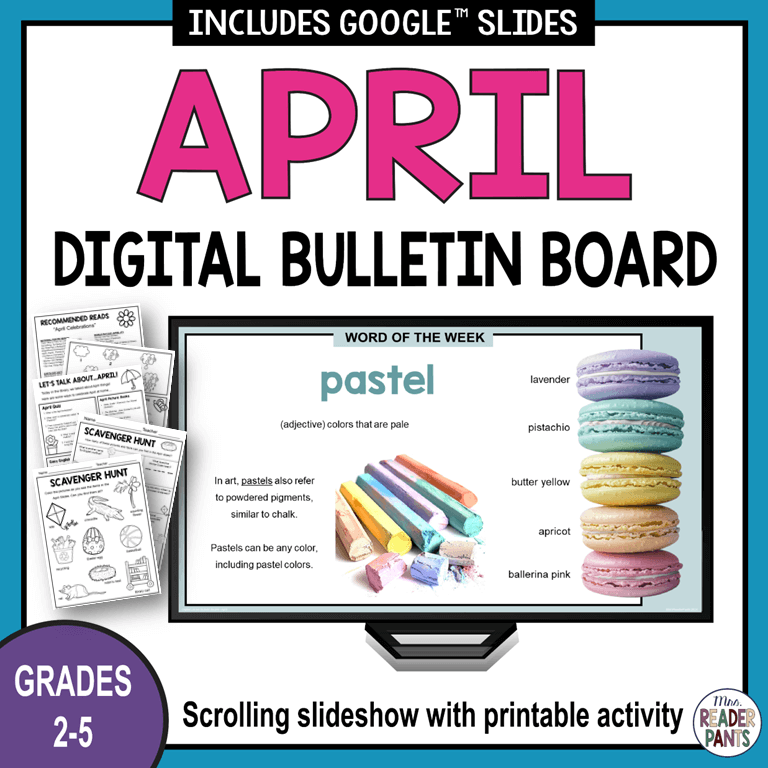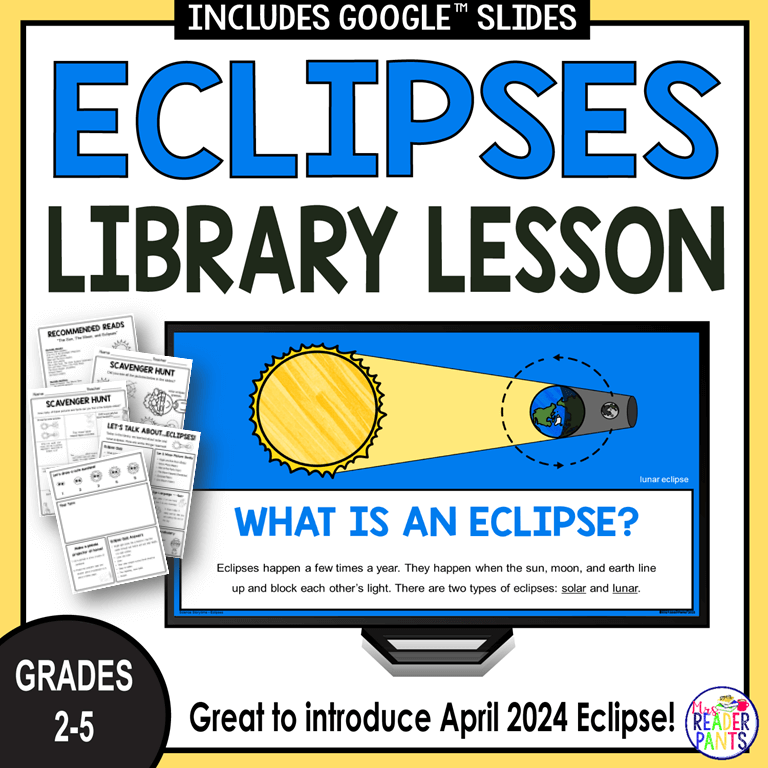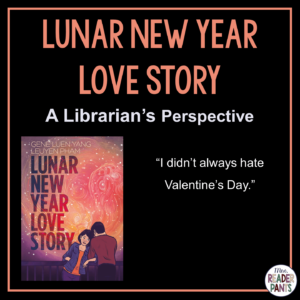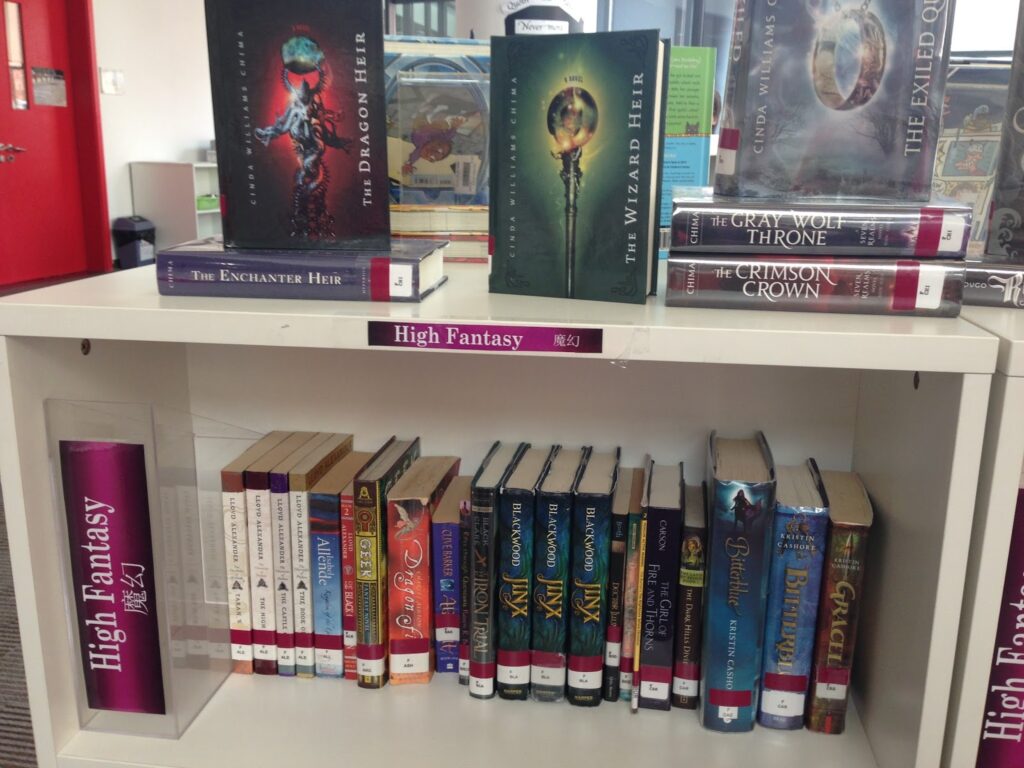When Dewey created the Dewey Decimal System in 1872, all books, including fiction novels, had a specific location within Dewey. My college library, which used Library of Congress cataloging instead of Dewey, housed all fiction on the fourth floor, in the 800 section where Dewey has placed fiction novels since 1872. And though I did not ever really understand Dewey as a grade school student, I still managed to find my way to the fourth floor to locate Mary Shelley’s Frankenstein when I needed it.
But my college library had far fewer fiction novels than my current secondary school library. Because of our large numbers of fiction books, most school libraries today separate their fiction from the 800s and into their own Fiction section. They do this because unlike in 1872, today’s readers have a virtually unlimited choice of fiction novels and picture books. If librarians were to leave all the fiction books in the 800 section, the 800 section would encompass half of the library. Further, picture books, chapter books, young adult novels, and adult novels would all be alphabetical by author, with no division among them.
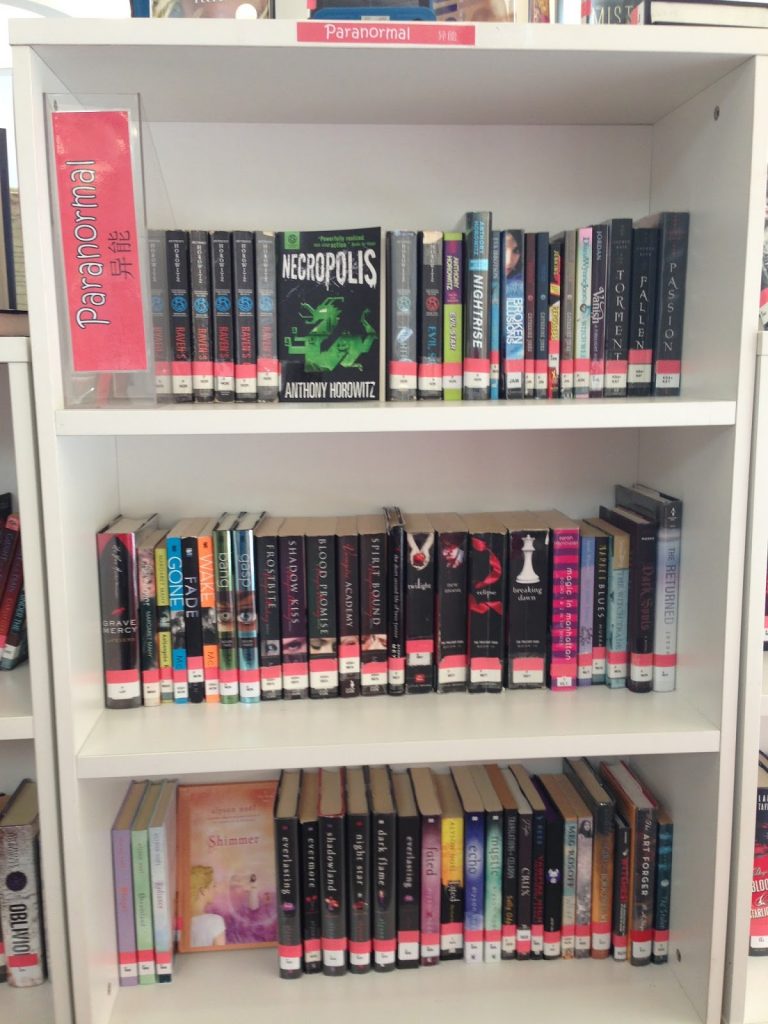 So it makes sense for today’s librarians to create a large section for fiction. Most also separate picture books into “E” or “Easy” sections from chapter books and novels in the Fiction section. Just in the time I have been a librarian, I have also seen a lot of librarians separate graphic novels from the 700 section, creating smaller, more manageable Graphic Novels sections (I do this, too). Librarians do this for the same reason: the 741.5 graphic novels are overwhelming the rest of the 700 section.
So it makes sense for today’s librarians to create a large section for fiction. Most also separate picture books into “E” or “Easy” sections from chapter books and novels in the Fiction section. Just in the time I have been a librarian, I have also seen a lot of librarians separate graphic novels from the 700 section, creating smaller, more manageable Graphic Novels sections (I do this, too). Librarians do this for the same reason: the 741.5 graphic novels are overwhelming the rest of the 700 section.
Though genrefication is controversial among the library community, librarians who genrefy are essentially doing the same thing that Dewey did. We are breaking up our very large fiction collection into something more user-friendly for our patrons. In my current library, fiction books account for 43% of my current collection and 89% of my circulations. Before I genrefied my library, almost half of my library books were located in one enormous section, organized alphabetically by the author’s last name. To me, this runs counter to the purpose of Dewey classification. When I have 16 shelves of “S” author books, how does this help my students find the books they want? Especially when, most of the time, students don’t even know that they are looking for an “S” author?
No, I am not promoting a total Dewey ditch. Dewey still works for my library and my students. I still teach Dewey Decimal Classification so that my students will be prepared to use a decimal classification (be it Dewey or LCCN), no matter where their literary lives may take them.
I am leaving most of my Dewey section as-is, and I recommend that you do the same. There is merit to the argument that our students need to learn to use a decimal classification system. Genrefied libraries still use Dewey.
Can I say that again? Genrefied libraries still use Dewey.
Genrefying your library should not eliminate or replace your Dewey system. Think of it as further subdividing the large number of books that traditionally went into 800 section. When Dewey created his system, the number of fiction books was nowhere near what it is today. Dewey didn’t organize his system by author last name alone, yet that is how our Fiction sections are organized.
When we organize fiction only by author last name, we disregard the first part of Dewey, which is subject classification. Dewey assigned numbers to represent subjects, and those numbers keep books of similar topics together on the shelves. Only when the books are in their respective Dewey areas do we worry about author last names. Assigning a genre and then sorting by author last name is essentially doing the same thing Dewey did in 1872. In K-12 school libraries, the Fiction section is just too huge for students to use it easily.
Next: Genrefication Objection #1

